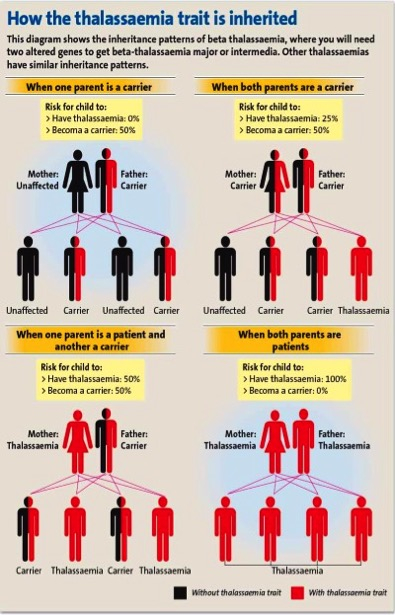Thalassemia is a genetic blood disorder that affects the production of hemoglobin, the protein in red blood cells that carries oxygen. There are two main types of thalassemia: alpha thalassemia and beta thalassemia. People with thalassemia may have mild to severe anemia, fatigue, weakness, and other symptoms. In severe cases, thalassemia can be life-threatening.
A pedigree chart is a visual representation of a person’s family history and can be used to track the inheritance of genetic disorders like thalassemia. To create a pedigree chart for thalassemia, start by gathering information about your family members and their medical history. Identify anyone in your family who has been diagnosed with thalassemia or who may be carriers of the disease. Use symbols to represent each family member on the chart, with different shapes and colors indicating different relationships and health statuses. Connect the symbols with lines to show how the disease is inherited within the family.
Pedigree Chart For Thalassemia
Interpreting a Pedigree Chart for Thalassemia
Once you have completed your pedigree chart for thalassemia, you can analyze it to determine the pattern of inheritance within your family. Thalassemia is an autosomal recessive genetic disorder, meaning that both parents must pass on a copy of the mutated gene for a child to inherit the disease. If you see a consistent pattern of thalassemia occurring in multiple generations of your family, it may indicate that the disease is being passed down through the generations. Consulting with a genetic counselor can help you understand your risk of developing thalassemia or passing it on to future generations.
